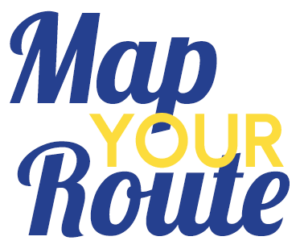CTA History
In 1970, the Mississippi Legislature created, by Act, the Mississippi Coast Transportation Authority (MCTA). This was a significant event because, prior to that time, public transportation had been privately owned. But, because these companies found it impossible to operate on a profitable basis, public transportation systems were failing nationwide. For this reason, many governing bodies determined that public transportation should operate as a public service and be financed by passengers fares and federal and local funding. It was to be viewed as a public service in the same way that streets, sanitation, fire and police protection are considered public services, with one major difference. Public transportation does generate some revenue.
Before the Municipal Transit Lines, Inc., ceased operation, the Mississippi Coast Transportation Authority was formed, but it did not start transit operations until August 16, 1974. The return of bus service marked the end of a 3-year, 4-month period during which the coastal communities suffered with no transportation system. The system operated under the MCTA name until 1985, when it was changed to Coast Area Transit. Along with the new name came new more efficient vehicles, with higher frequency and revised schedules. In keeping with the new and existing changes occurring on the Coast and for recognition purposes as the public transit system, the name was again changed in 1992 to Coast Transit Authority. The logo was also changed to the one that is currently in use.
In 1990 four Chance Coach replica trolley buses were purchased for operation on highway 90 in Biloxi and Gulfport. A contest was held to name the bus route. The name Beachcomber Line was the winning entry. The highway 90 Route is still known today as the Beachcomber Route. The Trolleys proved to be so popular that six more ADA equipped Trolleys were purchased between 1991 and 1993. The trolley buses have become the recognized trademark of CTA. In 2003, two state of the art hybrid electric Ebus Trolley buses were purchased to begin replacing the aging Chance Coach buses. They began operating on Casino Row in Biloxi in September. This was CTA’s first purchase of environmentally friendly alternative fueled vehicles. In 2004 CTA purchased and began operating two new Hybrid Electric typical transit type buses.
About CTA
How to Use CTA
CTA History
CTA Publications
CTA Testimonials
Civil Rights
• Title VI/ADA
Policy and Plan
• DBE
• EEO
• Public Participation
CTA GTFS Data









